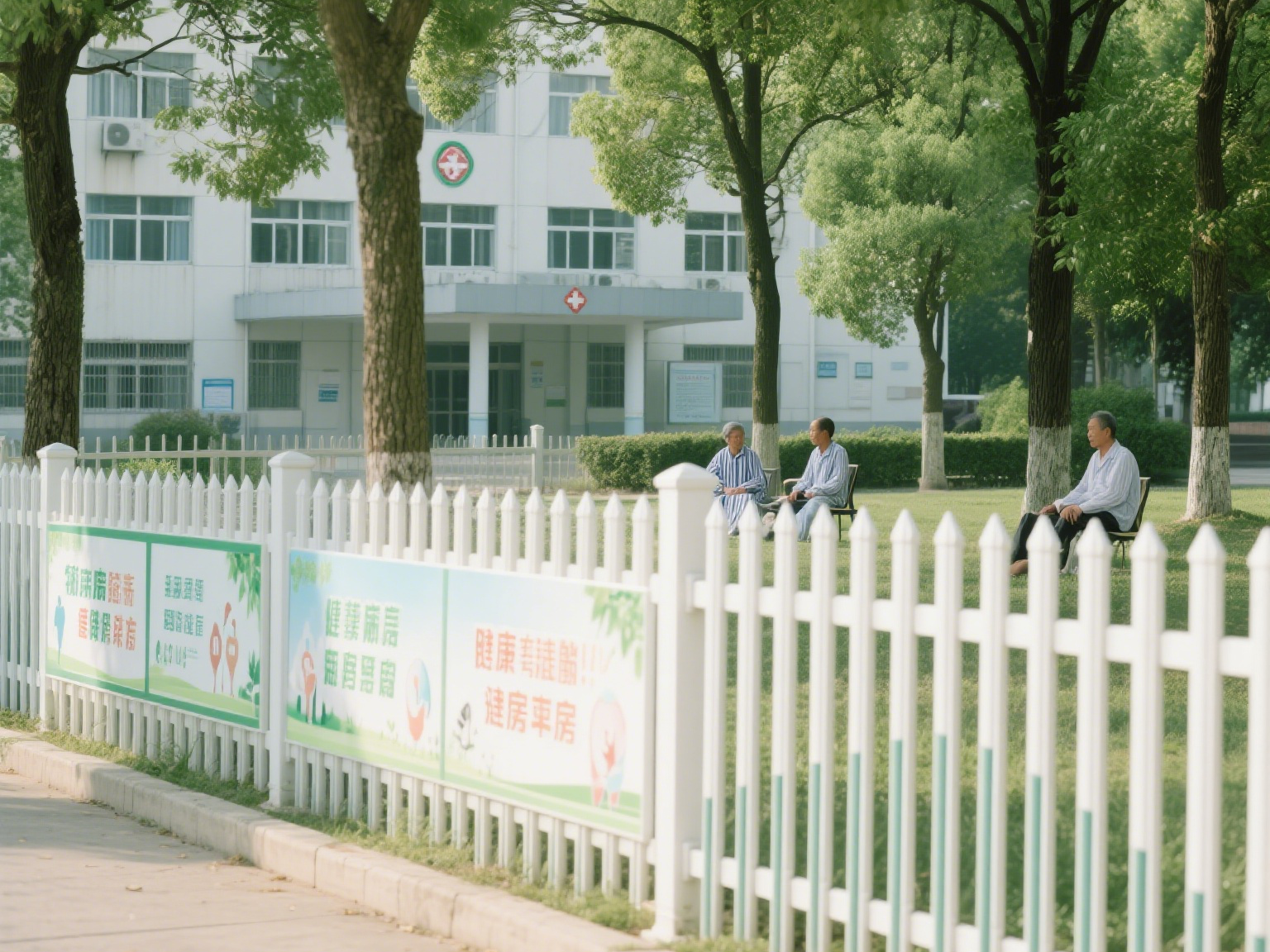In the modern construction and decoration industry, PVC fences have become a favored protective facility due to their excellent performance and diverse designs. However, their development was not instantaneous; instead, they evolved through lengthy exploration and innovation, progressing from a serendipitous laboratory discovery to a mature product widely used worldwide.
The birth of PVC (polyvinyl chloride) material laid the foundation for the development of PVC fences. In the mid-19th century, scientists began researching vinyl chloride monomers. It was not until 1926 that American chemist Waldo Semon accidentally discovered that adding specific plasticizers to vinyl chloride could synthesize polyvinyl chloride with good flexibility and processability. This discovery opened the door to PVC applications, though initially, PVC was mainly used to produce daily necessities like shoe soles and raincoats.

During the 1950s, with advancements in industrial technology, PVC material production processes matured, costs decreased, and application areas expanded. In the construction industry, PVC began to be tested for pipeline manufacturing, where its corrosion-resistant and anti-aging properties were fully validated. Inspired by this, designers and engineers started to consider applying PVC to fences to solve problems with traditional materials, such as rusting iron fences and decaying wooden fences.
By the 1970s, PVC fences began to emerge. The earliest designs were simple, primarily focused on basic protective functions, and visually mimicked traditional fences. Due to immature technology, these early PVC fences had performance limitations, such as insufficient strength and poor weather resistance. Nevertheless, these attempts provided valuable experience, prompting researchers and enterprises to increase R&D investments and improve production processes.
The 1980s to 1990s marked a critical phase in PVC fence development. With the introduction of advanced processing technologies like extrusion and injection molding, PVC fence production efficiency and product quality significantly improved. During this period, major breakthroughs were made in strength and weather resistance. By adding additives such as UV stabilizers and antioxidants, PVC fences could maintain stable performance in harsh climatic conditions, effectively withstanding prolonged sun exposure, wind, and rain. Meanwhile, advancements in surface treatment technology enabled PVC fences to feature rich colors and textures, evolving from monotonous solid hues to realistic simulations of natural textures like wood and stone, greatly enhancing their aesthetic and decorative appeal.

In the 21st century, PVC fences entered an era of rapid development and widespread adoption. As people’s requirements for quality of life and living environments increased, the demand for fences expanded beyond mere protection to emphasize harmony with architectural styles and environmental beautification. PVC fences, with their customizable features, met diverse personalized needs and were widely used in residential communities, commercial parks, schools, parks, and other venues. Additionally, the growing emphasis on environmental protection has favored PVC fences: their recyclable nature aligns with sustainable development goals, giving them a competitive edge in the market.
Today, PVC fences continue to innovate in technology and design. Intelligence has become a new development direction, with some products integrated with electronic monitoring, induction alarms, and other functions to enhance security. In design, PVC fences incorporating modern artistic elements are emerging, adding unique artistic charm to architectural spaces. From a laboratory accident to global application, the development of PVC fences reflects the continuous progress and integration of materials science, industrial technology, and design aesthetics. In the future, they will continue to innovate, creating safer, more beautiful, and comfortable living environments for people.

